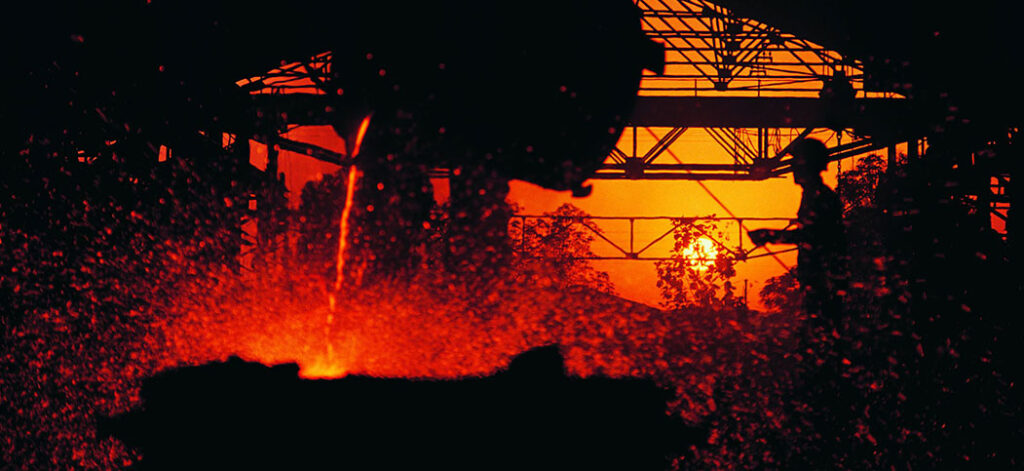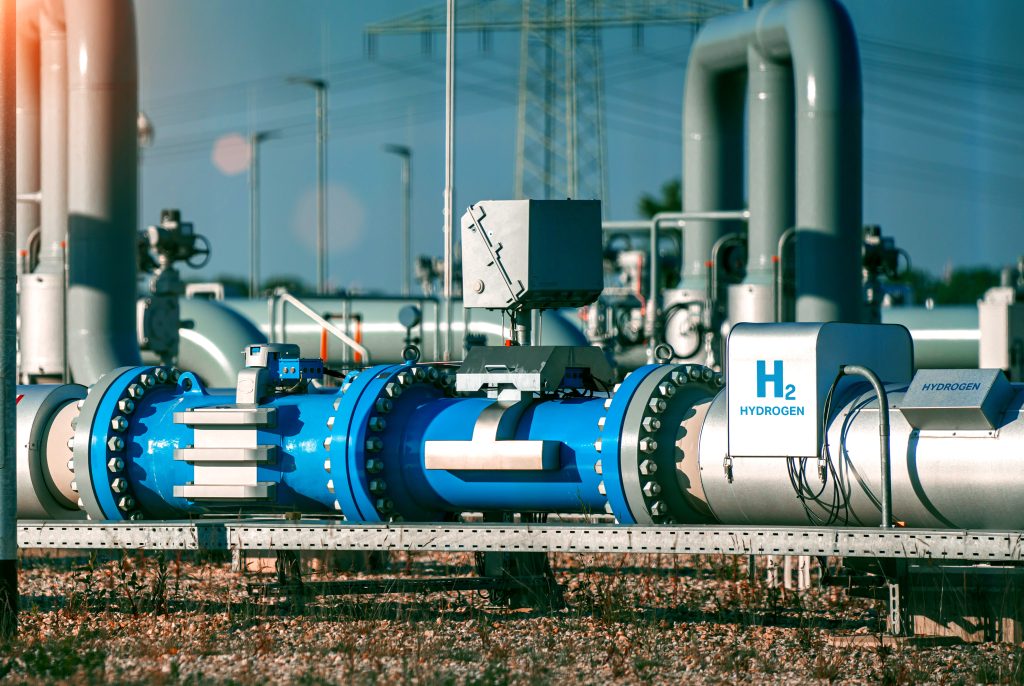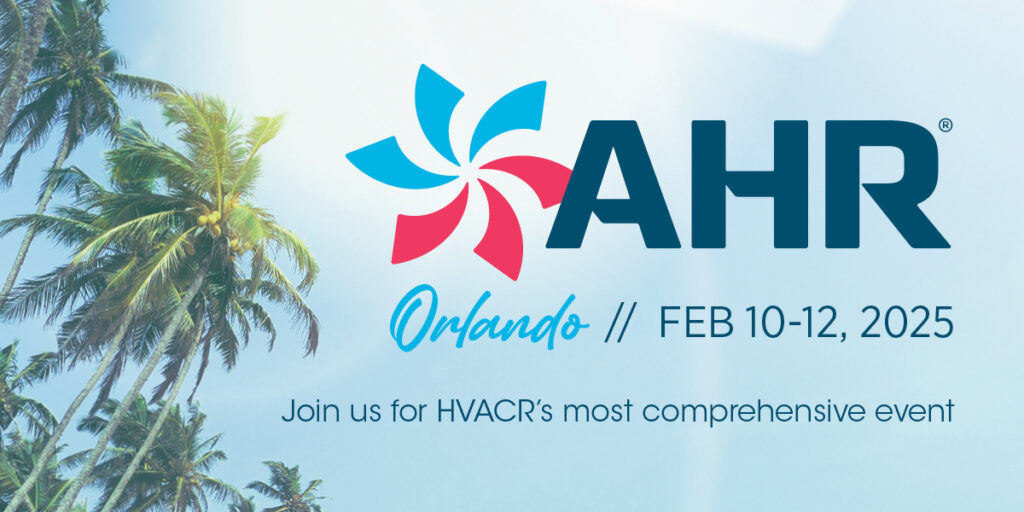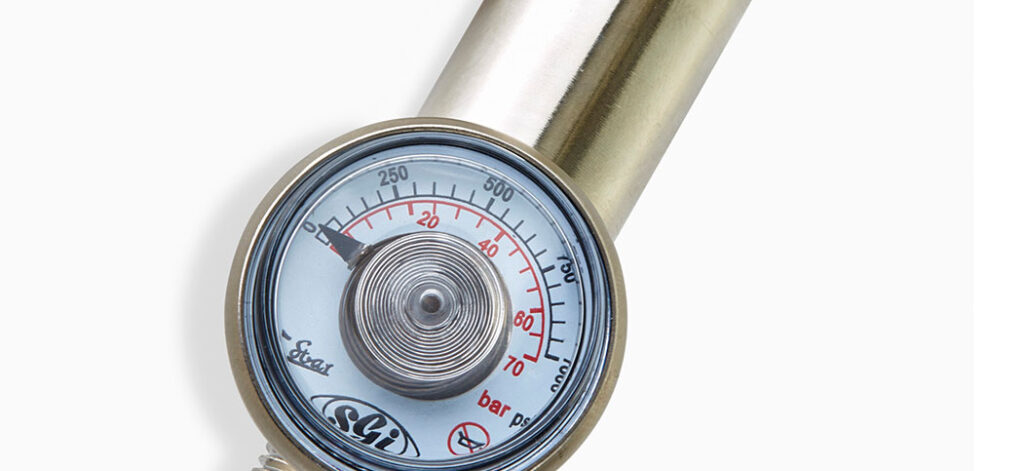Ejecutivo de Salud y Seguridad del Reino Unido (HSE) y normativa COSHH
Las sustancias químicas, los humos, los polvos y las fibras pueden, en muchas circunstancias, tener efectos nocivos para los trabajadores expuestos a ellos por inhalación, absorción cutánea o ingestión. Las personas expuestas a sustancias nocivas pueden desarrollar enfermedades (por ejemplo, cáncer) muchos años después de la primera exposición. Muchas sustancias tóxicas son peligrosas para la salud en concentraciones tan bajas como 1ppm (partes por millón). Dado que 10.000ppm equivalen al 1% del volumen de cualquier espacio, puede verse que una concentración extremadamente baja de algunos gases tóxicos puede suponer un peligro para la salud.
Cabe señalar que la mayoría de los peligros de gases inflamables pueden producirse cuando la concentración de gases supera las 10.000 ppm (1%) de volumen en aire o más. Los gases tóxicos normalmente deben detectarse en niveles de volumen inferiores a 100 ppm (0,01%) para proteger al personal y, a menudo, en concentraciones inferiores a 5 ppm.
En el Reino Unido, en virtud de la normativa sobre el control de sustancias peligrosas para la salud de 1999 (normativa COSHH), el Health and Safety Executive (HSE) establece los límites de exposición profesional (OEL) y los publica en un documento titulado EH40. Estas listas tienen rango legal y existe legislación similar en otros lugares; COSHH tiene en cuenta la Directiva 80/1107/CEE de la Comisión Europea. El COSHH abarca todas las sustancias tóxicas excepto las que tienen su propia legislación (amianto, plomo, materiales radiactivos y materiales presentes en las minas).
La normativa establece requisitos para los empresarios y, en algunos casos, para los trabajadores (el incumplimiento está sujeto a las sanciones de la Ley de Salud y Seguridad en el Trabajo de 1974). Los requisitos son los siguientes:
- Diseñar y operar procesos y actividades para minimizar la emisión, liberación y propagación de sustancias peligrosas para la salud.
- Diseñar y utilizar procesos que minimicen la interacción humana en entornos potencialmente peligrosos.
- Tener en cuenta todas las vías de exposición relevantes, inhalación, absorción cutánea e ingestión, a la hora de desarrollar medidas de control.
- Controlar la exposición mediante medidas proporcionales al riesgo para la salud.
- Elija las opciones de control más eficaces y fiables que minimicen el escape y la propagación de sustancias peligrosas para la salud.
- Cuando no pueda conseguirse un control adecuado de la exposición por otros medios, proporcione, en combinación con otras medidas de control, equipos de protección individual adecuados.
- Comprobar y revisar periódicamente todos los elementos de las medidas de control para comprobar que siguen siendo eficaces.
- Informar y formar a todos los empleados sobre los peligros y riesgos de las sustancias con las que trabajan, y sobre el uso de las medidas de control desarrolladas para minimizar los riesgos.
- Garantizar que la introducción de medidas de control no aumente el riesgo global para la salud y la seguridad.
La evaluación la realiza el empresario con la ayuda del HSE si es necesario. La mejor forma de controlar un riesgo es evitar la exposición, pero si esto no es posible, puede que sea necesario encerrar un proceso o utilizar equipos de ventilación y extracción, o emplear procedimientos especiales de manipulación. Todas las personas deberían poder trabajar en un entorno seguro día tras día y el HSE publica la Nota Orientativa EH40 para ayudar a los empresarios a controlar adecuadamente sus procesos de forma que los trabajadores no estén expuestos a niveles de materiales tóxicos superiores a los niveles de seguridad reconocidos.
El aspecto de control de COSHH es especialmente relevante para los productos de Crowcon que requieren control:
- Si el fracaso de las medidas de control provocara riesgos graves para la salud
- Si no se tiene la certeza de que no se superan los límites de exposición
- Si no está claro que las medidas de control funcionen correctamente
Cuando sea necesaria la vigilancia de la exposición a gases tóxicos, debe informarse a los trabajadores de los riesgos potenciales y de las precauciones que deben tomarse. Deben registrarse los resultados de cualquier control y vigilancia de la salud.
Las sustancias tóxicas gaseosas son especialmente peligrosas porque a menudo son invisibles y/o inodoras y son más difíciles de evitar físicamente que los líquidos o los sólidos. Su comportamiento físico no siempre es predecible: la temperatura ambiente, la presión y los patrones de ventilación influyen significativamente en el comportamiento de una fuga de gas. Los detectores de gases tóxicos de Crowcon y sus accesorios se han diseñado teniendo esto en cuenta, y la necesidad de supervisión y registro continuos ha llevado al desarrollo de instalaciones de registro de datos.
Cada vez se hace más hincapié en la vigilancia del medio ambiente en el lugar de trabajo. Se reconoce que la salud y el bienestar de los trabajadores pueden verse afectados por la contaminación de los procesos industriales, los humos del tráfico y la descomposición de los residuos. Los niveles de NOx (óxidos de nitrógeno), SOx (óxidos de azufre) y, cada vez más,CO2 se controlan para cuantificar la exposición.
La edición de 2005 de EH40 introdujo una nueva terminología para definir los límites de exposición profesional (LEP). El sistema anterior definía los OEL como límites máximos de exposición (MEL) y normas de exposición profesional (OES). Los MEL y los OES se han suprimido y sustituido por un único tipo de OEL conocido como límite de exposición en el lugar de trabajo (WEL). En un principio, los valores numéricos seguían siendo los mismos, pero algunos se han ido reduciendo a medida que se disponía de nueva información. Se han suprimido los valores límite de exposición laboral para unas 100 sustancias, ya que ahora están prohibidas, apenas se utilizan o existen pruebas que sugieren efectos adversos para la salud cercanos al antiguo valor límite.
Desde 1989 hasta abril de 2005, las normas de exposición profesional se dividían en dos categorías.
Los niveles máximos de exposición (MEL) correspondían a las sustancias más peligrosas que podían causar los efectos más graves para la salud (como cáncer o asma) y la exposición a materiales con MEL se mantenía lo más baja posible y, desde luego, no por encima de su MEL.
Las normas de exposición profesional se fijaron en un nivel en el que no había indicios de riesgo para la salud de los trabajadores y empleados expuestos por inhalación día tras día.
Como se ha mencionado anteriormente, la nueva lista de límites de exposición en el lugar de trabajo (LET) combinará los LEP y los MEL utilizando los mismos valores numéricos. La lista ofrece límites de exposición a largo plazo (8 horas) (LTEL) aplicables a la exposición durante una jornada laboral normal y límites de exposición a corto plazo (15 minutos) (STEL) aplicables a la exposición ocasional a niveles más altos. Por tanto, los LTEL son concentraciones de sustancias tóxicas en el aire, promediadas a lo largo de un periodo de tiempo determinado y denominadas media ponderada en el tiempo (TWA).
Los LEP pueden expresarse en partes por millón (ppm) y miligramos por metro cúbico (mg/m3) si la sustancia existe en forma de gas o vapor a temperatura y presión ambiente normales. Los compuestos que no forman vapores a temperatura y presión ambiente se expresan únicamente en mg/m3. Consulte la sección Calibración del detector de este documento para obtener información sobre la conversión de los WEL expresados en PPM a mg/m3.
Cuando se encuentran mezclas de gases tóxicos, los efectos sobre la salud suelen ser aditivos, lo que debe tenerse en cuenta (la exposición a dos gases con efectos similares, cada uno al 50% de su LEP, puede ser equivalente a trabajar a un LEP o los dos gases juntos pueden tener un efecto potenciado). En el documento EH40/2005 se ofrece una explicación detallada de las exposiciones mixtas.
VISIÓN DEL SECTOR
Suscríbase para recibir las últimas novedades
EN su buzón de entrada
Información sobre Crowcon Privacidad y Política de cookies. Si cambia de opinión, puede darse de baja en cualquier momento






